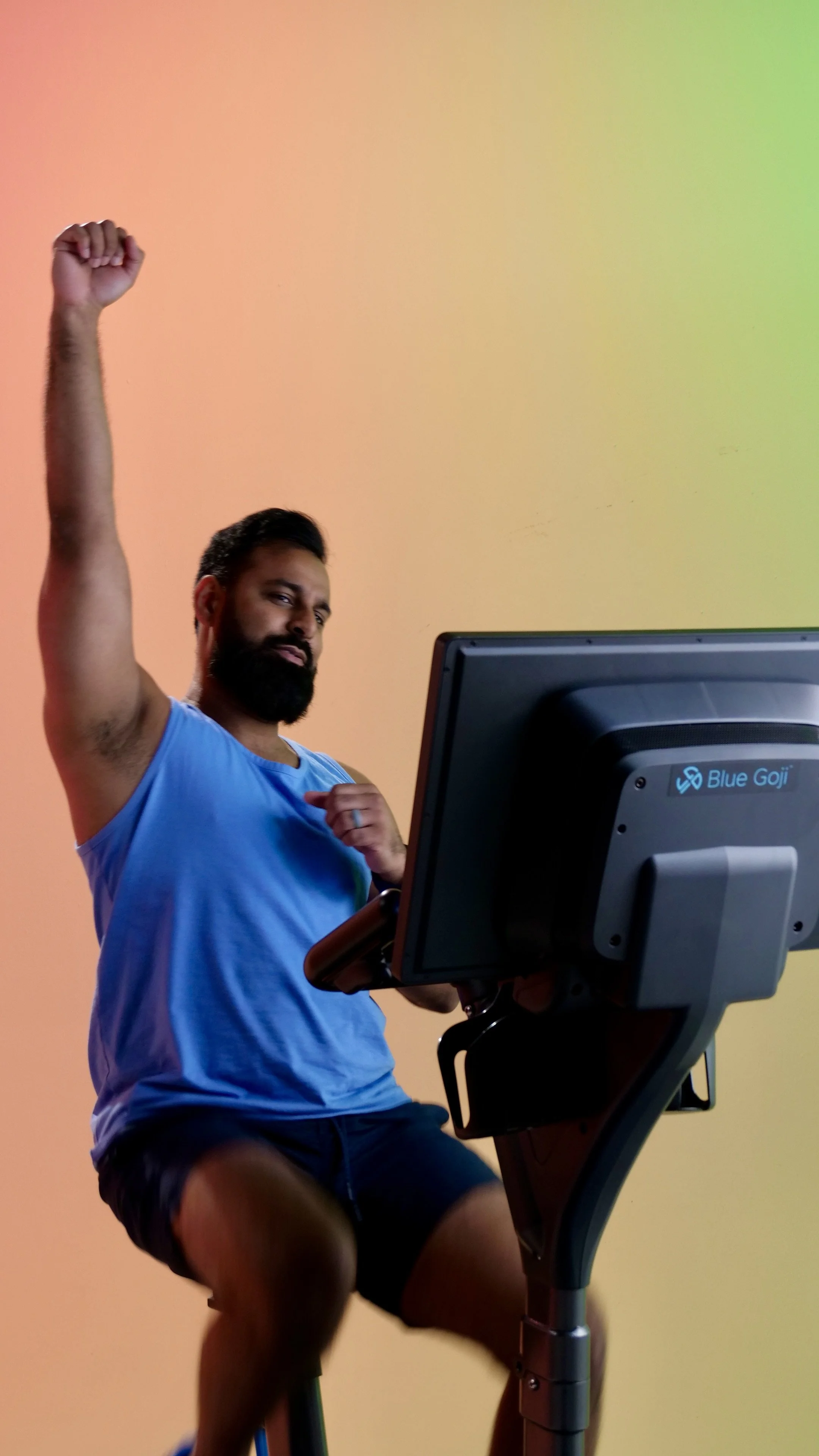Motor Skills: Coordination in Motion
Why Motor Skills Matter
From tying your shoes to riding a bike, motor skills are at the heart of daily life. They represent the brain’s ability to send signals to muscles, coordinate movement, and execute precise actions. Without strong motor skills, independence and mobility quickly become compromised.
As we age, motor coordination can decline, making tasks like walking up stairs, carrying groceries, or even writing more challenging. In younger populations, motor skill development supports athletic performance, musical ability, and even typing speed. Simply put: motor skills are the brain-body connection in action.
How Exercise Supports Motor Skills
Exercise naturally trains motor skills. Each pedal stroke, balance adjustment, and grip of the handlebars involves complex communication between your brain and muscles. Adding dual-task challenges amplifies this training—requiring you to make rapid adjustments, control fine movements, and integrate multiple signals at once.
This type of training doesn’t just strengthen muscles; it strengthens the neural pathways that control them. By design, our steering and control mechanisms require people to work on their gross and fine motor skills, activating muscles from the arm and forearm as well as the smaller muscles from wrist and fingers.
Training Motor Skills Through Play
With Brain Skills Time Tracking, riders can now measure the time they spend engaging motor coordination during gameplay.
Examples:
Steering mechanics sharpen hand-eye coordination.
Button presses during gameplay enhance fine motor control.
Pedal resistance changes train lower-body responsiveness and coordination.
Fisticuffs is a great game for a full body workout!
Every second spent mastering these mechanics reinforces the pathways that support motor control.
Why It Matters for Different Ages
Kids & Teens: Developing motor skills builds confidence in sports, dance, and creative play.
Adults: Strong motor coordination supports activities like driving, cooking, or working with tools.
Older Adults: Maintaining motor skills helps preserve independence, reduce fall risk, and support daily mobility.
Putting It Into Practice
Tips for using Brain Skills Time Tracking to build coordination:
Focus on Gameplay with Action Variety: Choose games that require both significant steering, button pressing, and resistance changing.
Track Your Motor Minutes: After each ride, check how much time was dedicated to motor training.
Pair with Sensation: Sensation and motor skills complement each other, creating a more responsive and agile brain-body connection.
Vintage wings: Steer your plane through tight rings with precision. This game challenges your fine motor skills, dexterity, and hand-eye coordination.
Fisticuffs : Punch and pedal fast to recharge energy. This game engages your eye-hand coordination, arm gross motor skills, and full-body movement.
The Takeaway
Motor skills allow you to move through the world with control and confidence. With Brain Skills Time Tracking, you can now see exactly how your workouts enhance coordination. Each ride becomes more than cardio—it’s practice for every movement that matters in daily life.


